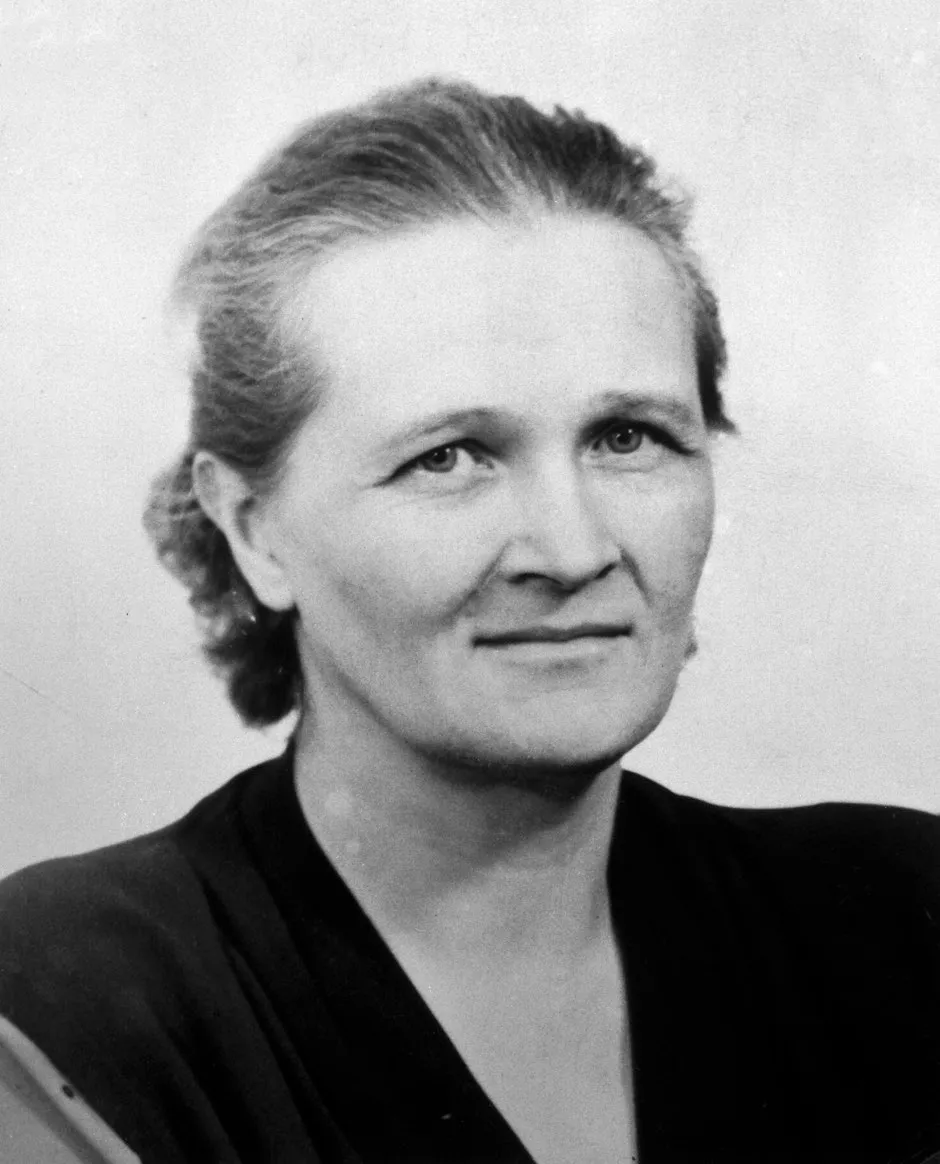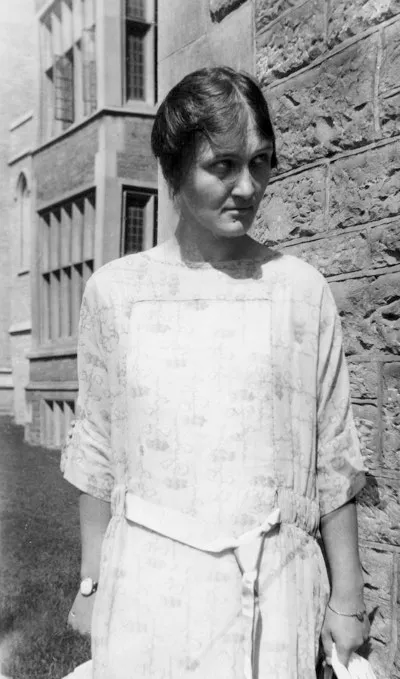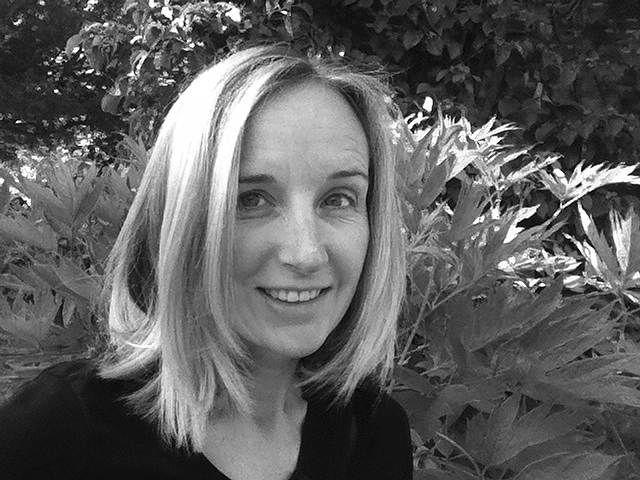Undoubtedly the most brilliant Ph.D. thesis ever written in astronomy.
The giants—Copernicus, Newton, and Einstein—each in his turn, brought a new view of the universe. [Her] discovery of the cosmic abundance of the elements did no less.
Probably the most eminent woman astronomer of all time.
The accolades came late. Long after, as a lowly graduate student in 1925, she had discovered what the known universe was made of. Long after she had been told she was wrong by the very man who four years later proved her to be correct. Long after he got the credit. Which is why, until now, she is the most famous astronomer you’ve never heard of.
Cecilia Helena Payne started life on 10 May 1900 in the town of Wendover, 40 miles northwest of London. Early on, she displayed a relentless curiosity. Before she could read, she could look up and point to Charles’s Wain (also known as the Big Dipper) and Orion’s Belt.
Read more about women in science:
- Katherine Johnson: mathematician and NASA pioneer dies age 101
- Dorothy Crowfoot Hodgkin: The exceptional professor who solved the structure of insulin
- 10 amazing women in science history you really should know about
Hers was a restless mind with a vivid imagination. After a summer thunderstorm, she noticed that the ground of the family’s English garden was rippling like the surface of a beautiful pond. Racing outside for a closer look, she saw that the rain had churned the soil to reveal a sea of wriggling black slugs. She cried bitterly to think that the world could create something so revolting.
Her father, Edward, died when she was just four-years-old. Eight years later, her mother, Emma, moved the family – Cecilia and her younger brother and sister – from Westover to the Bayswater neighbourhood of London.
Cecilia’s teachers at St. Mary’s, a strict Church of England institution, had their hands full. When she won a high school botany contest, the prize was any book Cecilia wanted which would then be bound in leather. The school expected her to choose Shakespeare, or maybe Milton. She chose a book on fungi.
She had little patience for organised religion. She once asked a London bookbinder to put a fake cover on the Apology and inscribe “Holy Bible” on the spine so that her Catholic school teachers would think she was working on her religion studies instead of reading Plato. The bookbinder refused.

It was an attitude that was simply too much for St. Mary’s. The school’s principal summoned Cecilia to her office. “You are prostituting your gifts,” she told her. She then expelled the 17-year-old student on the spot. Cecilia’s dream of going to Cambridge University and becoming a scientist seemed to be just that. With only one year of preparatory school left, her only formal training was in Latin and Greek.
Luckily for Cecilia, and for science, she was accepted to the demanding St. Paul’s School for Girls in London. The head mistress of St. Paul’s, Frances Gray, wrote later that “it is not my practice to admit girls who have reached the age at which Cecilia Payne was admitted.”
But Frances knew potential when she saw it. And the moment Cecilia approached the Queen Anne-style pink brick building and walked up the stone steps, she said to herself: “I shall never be lonely again. Now I can think about science!” It worked. After a frenzied year of study – Newtonian equations of motion, thermodynamics, astronomy – she was accepted to Cambridge.
For its first 700 years, Cambridge was strictly all men. In 1865, as women started making noises about going to Cambridge, a geology professor at the time pronounced them to be “nasty forward minxes.”
Read more about astronomers:
- Fritz Zwicky: Part eccentric, part genius, completely uncontained
- Peter van de Kamp: the astronomer who was wrong in all the right ways
When Cecilia – neither nasty nor a minx, but definitely forward – enrolled in 1919, she was a freshman at Newnham, one of just two colleges for women. She dutifully complied with the tradition at the time: men studied mathematics; women majored in botany.
All that changed, however, on the night of 2 December when Arthur Eddington, the head of the Cambridge Observatory, gave a lecture in Cambridge’s Trinity Hall, recounting his recent solar expedition that proved Einstein’s Theory of Relativity.
Cecilia was one of four women in the audience. Afterwards, she raced back to her dorm room and transcribed Eddington’s lecture word-for-word into a notebook. “For three nights, I think, I did not sleep,” she recalled. “My world had been so shaken that I experienced something like a nervous breakdown.”
She was done with botany; she changed her major to physics, with all the astronomy she could pick up on the side. It was challenging. She would ride her bicycle to Cambridge’s famed Cavendish Lab in a full-length Edwardian dress and a hat (required to enter town).
Because she was a woman, she had to sit in the front row of the physics class. The director of the lab, Noble laureate Ernest Rutherford, would look directly at her and then begin each lecture with, “Ladies and gentlemen.” Cecilia would remember that “all the boys regularly greeted this witticism with thunderous applause…and at every lecture I wished I could sink into the earth.”

After graduation, with no prospects for an astronomy job in England, Cecilia secured a fellowship at the Harvard College Observatory in another Cambridge, the one in the US. She lamented that her new-found home was “a land where there is no spring…where there are no primroses, where the violets have no scent, where you will seek in vain for purple heather and golden gorse.”
No purple heather, no golden gorse. Just opportunity. For decades, the observatory’s hard-working women known as “computers” had been cataloging thousands of stars. The stellar data they collected, etched into thousands of glass plates, was like a giant jigsaw puzzle waiting for the right person to fit it all together.
Cecilia immediately began putting her Cavendish Lab training to work. By looking down through a jeweller’s loupe she was able to do what centuries of astronomers had tried to do by looking up through telescopes: determine what stars are made of. It was the birth of astrophysics.
And it’s where the trouble started. She determined that hydrogen was far more prevalent in the universe than the established astronomical community believed. Like a million times more. No one believed that a female graduate student could make such a fundamental discovery.
The dean of American astronomers at the time was Henry Norris Russell, the head of the Princeton Observatory; he wrote to Cecilia that her findings were “clearly impossible.” As a result, in her book Stellar Atmospheres, she concluded that her results were “almost certainly not real.” (Years later, Russell acknowledged that she was correct, but he buried it toward the end of his paper.)
Although astronomy consumed her, there was nonetheless time for a personal life. She spirited Sergei Gaposchkin, her husband-to-be, out of Nazi Germany. She even managed to have three children with Sergei, all while working tirelessly in the observatory.
But her salary was woefully low – she was paid out of the director’s equipment budget. And although she taught numerous astronomy courses, her name was missing from the course catalog. The president of the university, Abbott Lawrence Lowell, had declared that because she was a woman, “Miss Payne should never have a position in the university” as long as he was in office.
Read more about great scientists:
- Alan Turing’s legacy should be for his triumphs, rather than his tragedy
- Ada Lovelace: a mathematician, a computer scientist and a visionary
Through it all, she persevered. She was the first woman to receive a Ph.D. from Radcliffe College; the first woman to receive the American Astronomical Society’s “lifetime of eminence” award; and, after Lowell finally retired, the ultimate first.
The New York Times, June 21, 1956: “Harvard University announced today the appointment of Dr. Cecilia Payne-Gaposchkin as Professor of Astronomy. She is the first woman to attain full professorship at Harvard through regular faculty promotion.”
Shy as a young girl, and later intensely focused on her work, she was never a self-promoter. What drove her throughout her life was the simple thrill of discovery. And so, when young people, especially young women, would ask for advice, she had a ready answer. They are a scientist’s words to other scientists, but they speak to us all:
Do not undertake a scientific career in quest of fame or money. There are easier and better ways to reach them. Undertake it only if nothing else will satisfy you;for nothing else is probably what you will receive. Your reward will be the wideningof the horizon as you climb. And if you achieve that reward you will ask no other.
What Stars Are Made Of: The Life of Cecilia Payne-Gaposchkin by Donovan Moore is out now (£23.95, Harvard University Press).
